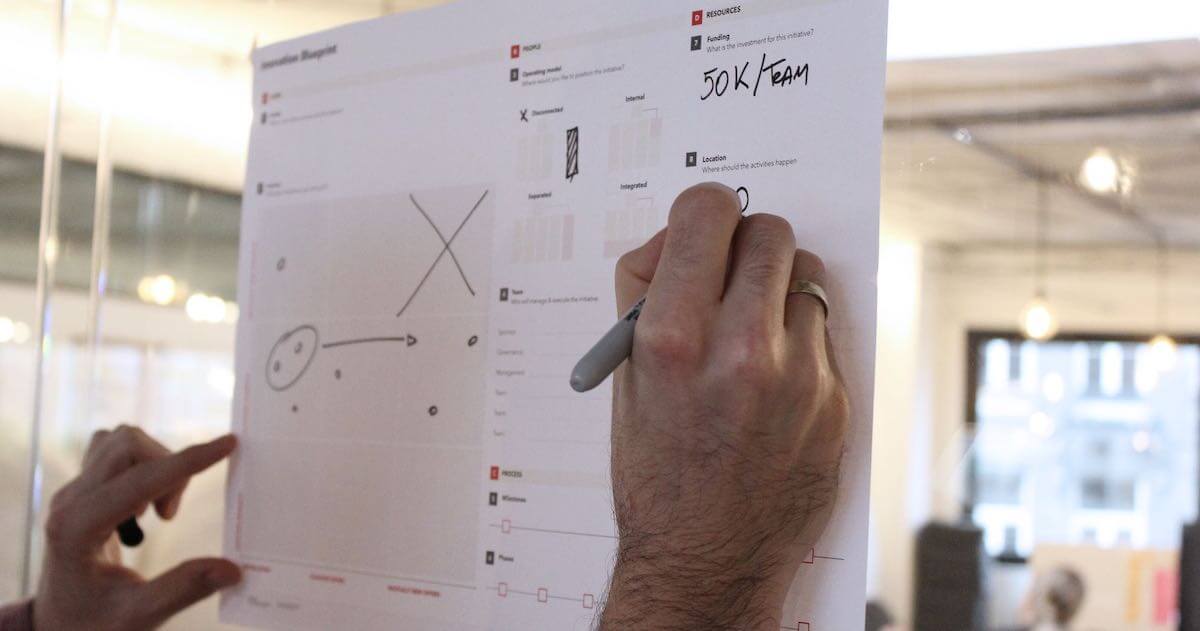Our learnings from working with the largest global companies

When companies look to innovate, they almost always start with ideation. The story goes like this: the more ideas you have, the better the innovation will be. Well, think again. After countless ideation sessions and working with the largest global companies, we can tell you that’s not quite how it goes.
Coming up with new ideas is fairly easy. The hard part is turning those ideas into a commercially viable product or service, and growing that into a sustainable business.
“An old trick well done is far better than a new trick with no effect” – Harry Houdini
At the ideation stage, 80% of ideas come from analogical thinking or finding inspiration elsewhere. Companies first look at other industries, competitors, existing business models, new tech and trends. But what this lacks is inward vision, looking within the company itself – especially in decentralized, global companies.
New ideas fail for plenty of reasons. Some fail due to a lack of validation. The go-to-market timing is off, or the business model doesn’t work. But in a corporate setting – if you are lucky and an idea gets developed –, it often gets stuck at local or corporate level once it has been commercialized.
A lack of oversight or management of the global innovation portfolio is usually the root of the problem.
Another reason is quite simply that ideation is fun, and the ‘not-invented-here’ syndrome prevails.
Leverage past mistakes and successes
It’s time to rise above innovation theatre and apply what you’ve already learned within your organization to decide whether or not to invest in a given idea in the future.
Research shows that learning from past mistakes and successes is by far the most powerful lever for increasing revenue from new products.
For instance, we were asked to develop an oncology healthcare ecosystem for a client. After a quick portfolio review, the organization noticed four applications and two platforms already running in other parts of the world. Another client had seven different solutions in place across different local business units to address the same problem. These are not isolated incidents. The bigger the company, the more difficult it is to maintain an overview of all innovation activities.
Apply a clear framework
At Board of Innovation, we have a clear framework for scoping meaningful innovation already in place within an organization, to refine the explicit criteria for scaling in other regions and capture everything learned to maximize your ROI. This allows us to successfully create new products or services at a significantly lower cost than creating them from scratch.
With our global network of consultants and experts, we are able to help the world’s largest corporations tackle this problem by guiding them through the following process:
- Identifying overlap and white space in a global innovation portfolio
- Overcoming barriers and identifying ways to boost regional adoption
- Translating initiatives within new markets




